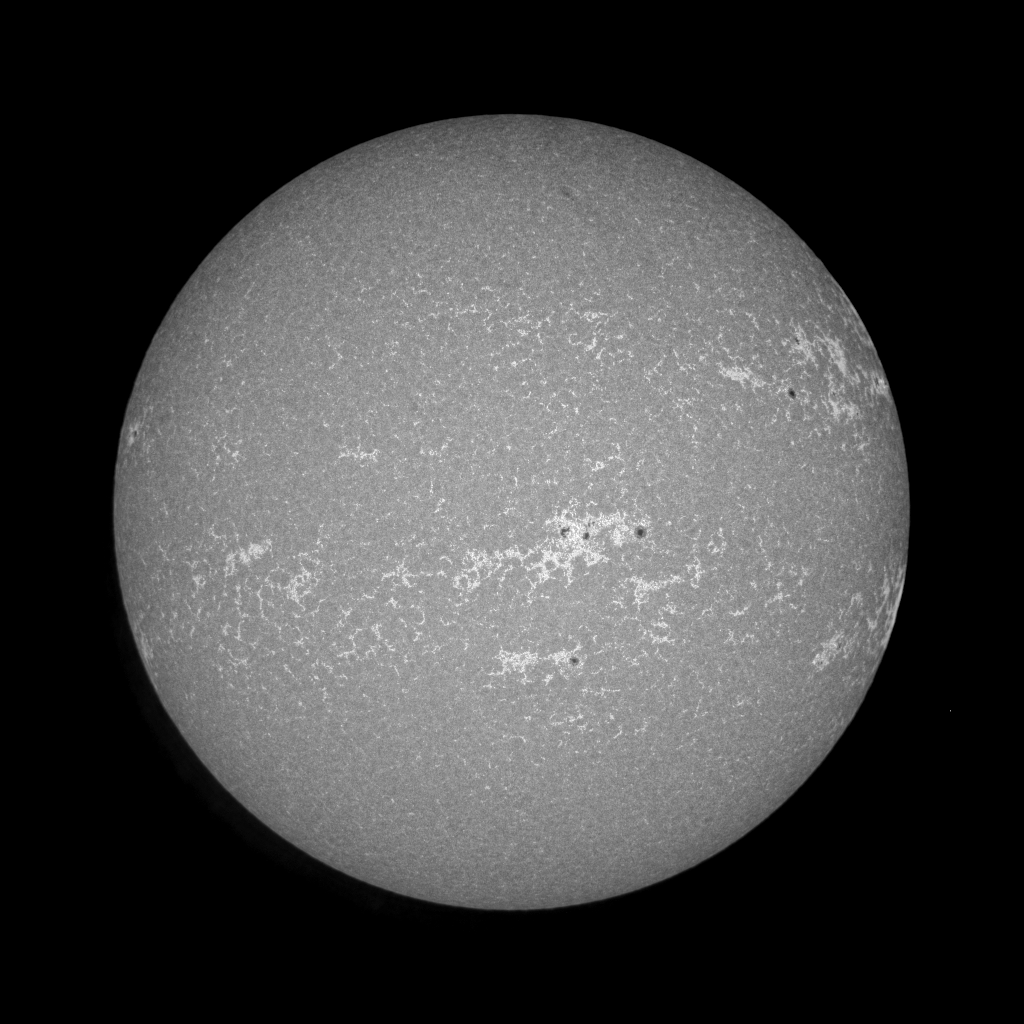This NGC7380, The Wizard Nebula in Cepheus.
Discovered in 1787 by Caroline Herschel, NGC 7380 (also
known as Sharpless 142 or Sh2-142) is the young open star cluster embedded
within the emission nebula known as the Wizard Nebula. Located some 7000-8000
light years away, the Wizard nebula surrounds the developing open star cluster.
Seen with foreground and background stars along the plane of our Milky Way
galaxy, the nebula can be located with a small telescope toward the
constellation of Cepheus (the King of Aethiopia). Although the nebula may last
only a few million years, some of the stars being formed may outlive our Sun.
The active star forming region spans about 100 light years,
making it appear larger than the angular extent of the Moon. A full moon would
easily fit inside this view of the young cluster and associated nebula. Imaged
with narrowband filters, the visible wavelength light from the nebula's
hydrogen (Ha), oxygen (Oiii), and sulphur(Sii) atoms are mapped into green,
blue, and red colours in the final image, a palette made popular in Hubble
Space Telescope images.
Imaged over two nights, with just under 7hours of total
integration time.
30x5mins Ha, 30x5mins Sii, 20x5mins Oiii plus Darks Flats
and Bias.









